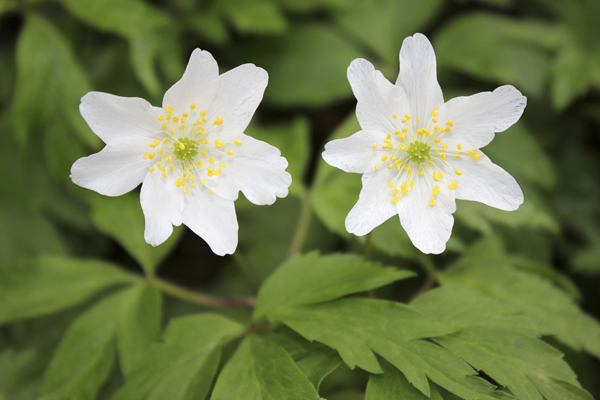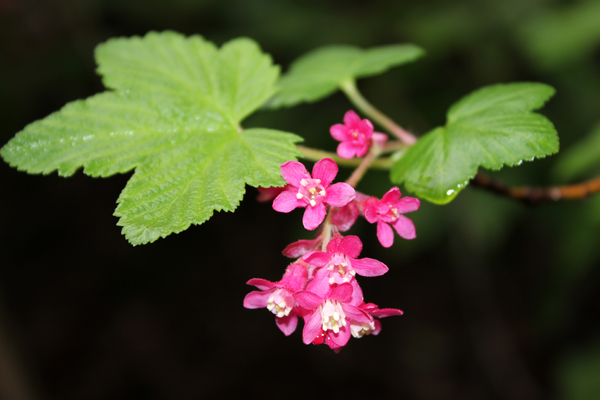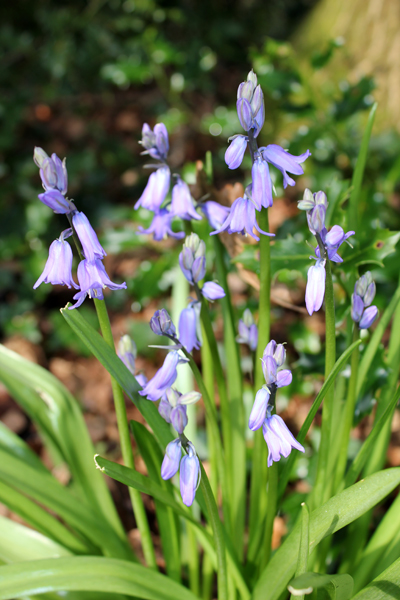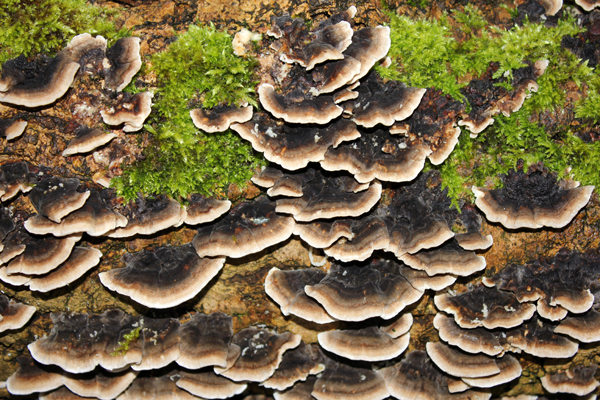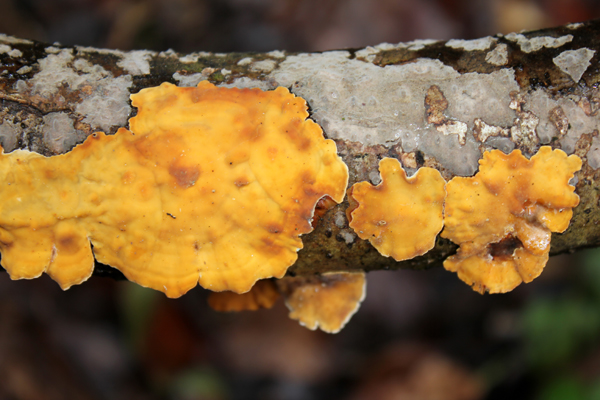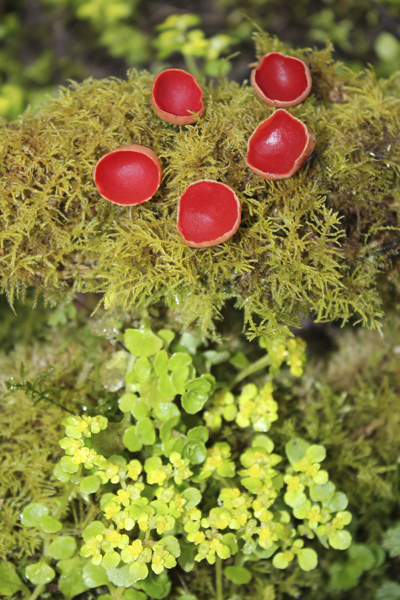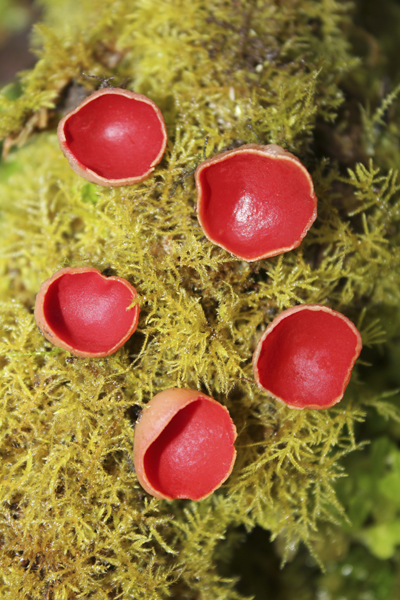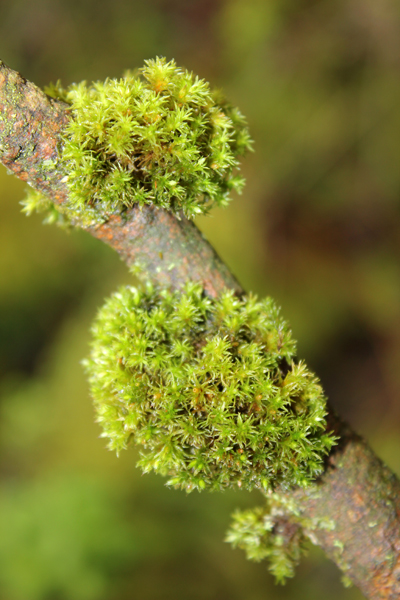Spring has arrived in Dibbinsdale with the woods filled with birdsong, proclaiming territory and attracting mates for the breeding season ahead. I watched one Great Spotted Woodpecker drumming away on a dead tree and heard a further three drumming elsewhere on the reserve. A Chiffchaff was belting out its name – I’d had my first of the year in the back garden on Easter Sunday. A Green Woodpecker was yaffling, a Treecreeper spiralling a tree, Buzzard mewing overhead, garrulous Jays squabbling, Nuthatches both calling and occasionally singing – a song that to my ears wouldn’t sound out of place in a tropical rainforest, Song and Mistle Thrushes plus the usual Robins, Wrens, Blackbird, Tits etc.
Wood Anemone
It was still very muddy underfoot after the winter rains but emerging from the woodland floor was a carpet of Wood Anemones Anemone nemorosa whose plants start flowering soon after the foliage emerges from the ground and before the canopy becomes too dense. It is a good indicator species of ancient woodland as it is surprisingly slow to spread (according to Plantlife six feet in a hundred years!) relying on the growth of root-like stems called rhizomes rather than the spread of its seed that is mostly infertile.
Dog’s Mercury Mercurialis perennis was prevalent with swatches of its fresh green spear-shaped leaves and clusters of small, greenish flowers, again spreading by its underground rhizomes and often becoming so expansive that it shades woodland floors and crowds out rarer species. Dog’s Mercury is highly poisonous containing methylamine and trimethylamine – the latter a compound that can give an aroma not dissimilar to rotting fish is probably responsible for its foetid smell.
Red Currant
Also flowering Lesser Celandine Ficaria verna, a few leaves of Wood Sorrel Oxalis acetosella, Red Currant Ribes sp. the occasional Primrose Primula vulgaris, flowering Native Bluebells Hyacinthoides non-scripta and in the boggy areas beside Dibbin Brook in Patrick’s Wood were clumps of Marsh-marigold Caltha palustris.
Bluebells
Turkeytail
Fungi included Turkeytail a.k.a. Many-zoned Polypore Coriolis (Trametes) versicolor, Lumpy Bracket Trametes gibbosa, Bleeding Broadleaf Crust Stereum rugosum, Peniophora cinerea, Birch Polypore Piptoporus betulinus, Birch Mazegill Lenzites betulinus, Oyster Mushroom Pleurotus ostreatus and Glistening Inkcap Coprinus micaceus.
Bleeding Broadleaf Crust with Peniophora cinerea
I had been on the look-out for Scarlet Elf Cup Sarcoscypha coccinea and found a number on a branch pile at the Bromborough end of Otter Tunnel. They were a bit past it and had lost their cup-shape but when emerging from the tunnel I spotted some fresher specimens on a mossy log amongst the flowering Opposite-leaved Golden-saxifrage Chrysosplenium oppositifolium.
Scarlet Elf Cup Fungi and O-l Golden-saxifrage
Other sightings included blotches on Holly Leaves Ilex aquifolium caused by the Holly Leaf Gall Fly Phytomyza ilicis and long sinuous larva mines on Dog Rose Rosa canina caused by the Rose Leaf Miner Moth Stigmella anomalella, an Orange Ladybird Halyzia 16-guttata, and Pincushion Moss Ulota sp.
Pincushion Moss
If you are interested in the wildlife of the north-west of England and would like to join the walks and coach trips run by the Merseyside Naturalists’ Association, see the main MNA website for details of our programme and how to join us.

